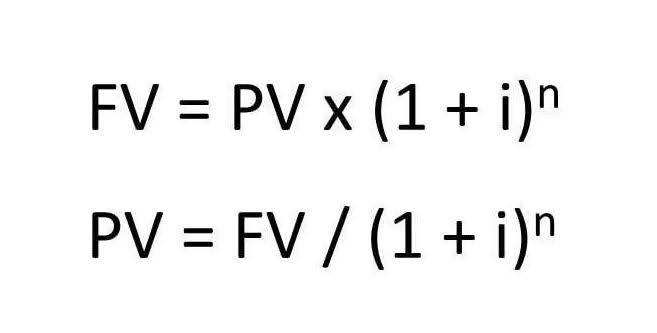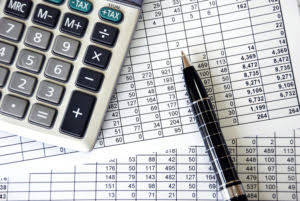
In this example, you can see it costs $0.79 more per unit over the original 500 units you produced ($5.79 – $5.00). The concept of operating leverage is defined as the proportion of a company’s total cost structure comprised of fixed costs. If product demand (and the coinciding production volume) exceed expectations — in response, the company’s variable costs would adjust in tandem.
What Is the Marginal Cost Curve?
The marginal cost of production is an economic concept that describes the increase in total production cost when producing one more unit of a good. It is highly useful to decision-making in that it allows firms to understand what level of production will allow them to have economies of scale. Economies of scale involve the most optimally efficient and productive levels of production for a given firm and its products. Understanding marginal cost guides pricing strategies and operational decisions. how is sales tax calculated If the marginal cost is lower than the selling price, increasing production can boost profitability.
Common mistakes to avoid when calculating marginal cost
- Fluctuations in sales and production levels can affect variable costs if factors such as sales commissions are included in per-unit production costs.
- Calculating marginal cost accurately can be complex, especially in businesses with multiple product lines or shared resources.
- This proactive approach enables businesses to navigate uncertainties more effectively and maintain financial stability.
- Given below is the data of the total cost of production of a firm producing school uniforms.
- Sage makes no representations or warranties of any kind, express or implied, about the completeness or accuracy of this article and related content.
You begin making 100 bracelets daily, with a total cost of £500 including materials and labour. You opt to create an additional bracelet, making the Medical Billing Process count 101, resulting in a total cost of £505. Once production hits a certain point, marginal cost starts to rise.
- Understanding your marginal cost can make or break your business decisions.
- A marginal cost is the incremental cost to a business of producing one extra unit of a product or service.
- These real-world examples illustrate the importance of marginal cost in various business situations.
- The debate between marginal costing and absorption costing is a longstanding one in the field of managerial accounting.
- By analyzing marginal costs, businesses can optimize production levels to maximize profitability.
Step-by-Step Calculation
The definition of marginal cost states that it is the cost borne by the company to produce an additional unit of output. In other words, it is the change in the total production cost with the change in the quantity produced. Marginal cost is the change in the total cost of production by producing one additional unit of output. The first step is to calculate the total cost of production by calculating the sum of the total fixed costs and the total variable costs. Finally, divide the difference in costs by the change in quantity produced to determine the marginal cost per unit.

The marginal revenue is calculated as $5, or ($205 – $200) ÷ (21-20). The marginal cost of production and marginal revenue are economic measures used to determine the amount of output and the price per unit of a product that will maximize profits. One type of cost is variable, increasing only if the quantity of output also increases. While a fixed cost remains the same over a relevant range, a variable cost usually changes with every incremental unit produced. Marginal Cost, also known as “incremental cost”, is an economics term that refers to the cost of producing one additional unit of a good or service.

Salesforce CEO Says AI Is Doing Over 30% of Tasks at the Company: ‘Higher-Value Work’
Whether you’re adjusting production levels or setting prices, this simple yet powerful calculation can be the key to maximizing profitability. Keeping an eye on your marginal cost formula is important because it helps you find the sweet spot—producing enough units to meet customer demand without losing money. But product-based businesses can’t simply produce as many additional units as they wish and hope they’ll sell. Marginal cost is usually positive, but if the cost of production decreases as output increases, it could be perceived as negative in a theoretical sense. Marginal cost is the additional cost incurred when producing one more unit of a product or service.

Ready to Level Up Your Career?
- Think of a factory coming online and producing more and more units.
- The price of an SUV is $50,000 and the variable costs per unit are $15,000.
- Be sure to account for all direct and indirect costs, as overlooking any component can lead to inaccurate results.
- Marginal Cost, also known as “incremental cost”, is an economics term that refers to the cost of producing one additional unit of a good or service.
- The key to sustaining sales growth and maximizing profits is finding a price that doesn’t dampen demand.
- Fixed costs, however, can be included in marginal costs if they’re required for additional production.
The salary of an employee assigned to the project is a variable cost and, in this case, the employee was promoted last year. The current variable cost will be higher than before; the average variable cost will remain somewhere in between. Along the manufacturing process, there are specific expenses that are usually variable costs. For the examples of these variable costs below, consider the manufacturing and distribution processes for an athletic apparel producer. 2) It guides effective pricing strategies based on production cost and market demand. 1) Marginal Cost helps optimise production by identifying the profit-maximising point (where Marginal Cost equals marginal revenue).
This is where the cost to produce an additional good, is exactly equal to what the how to calculate marginal cost per unit company earns from selling it. In other words, at that point, the company is no longer making money. The marginal cost formula is defined as the ratio of change in production cost to the change in quantity. Mathematically it can be expressed as ΔC/ΔQ, where ΔC denotes the change in the total cost and ΔQ denotes the change in the output or quantity produced. Marginal cost is the additional cost that an entity incurs to produce one extra unit of output. In other words, it is the change in the total production cost with the change in producing one extra unit of output.

